Guide for Real Estate Agents on Using Virtual Staging
Virtual staging has become an invaluable tool in the real estate industry, enabling agents to showcase properties in the best possible light without the need for physical staging. Whether you’re new to virtual staging or looking to optimize your current process, this guide will help you understand how to effectively use virtual staging to enhance your listings, attract more buyers, and ultimately close more deals.
1. Understanding Virtual Staging
Virtual staging involves digitally furnishing and decorating an empty or sparsely furnished property using software. Unlike traditional staging, it’s quicker, more affordable, and flexible, allowing you to appeal to different buyer tastes.
Benefits of Virtual Staging:
– Cost-Effective: No need to rent furniture or hire a staging team.
– Faster Turnaround: Staged images can be ready within a day or two.
– Customization: Tailor the staging to different target audiences.
– Increased Buyer Interest: Professionally staged photos attract more online views.
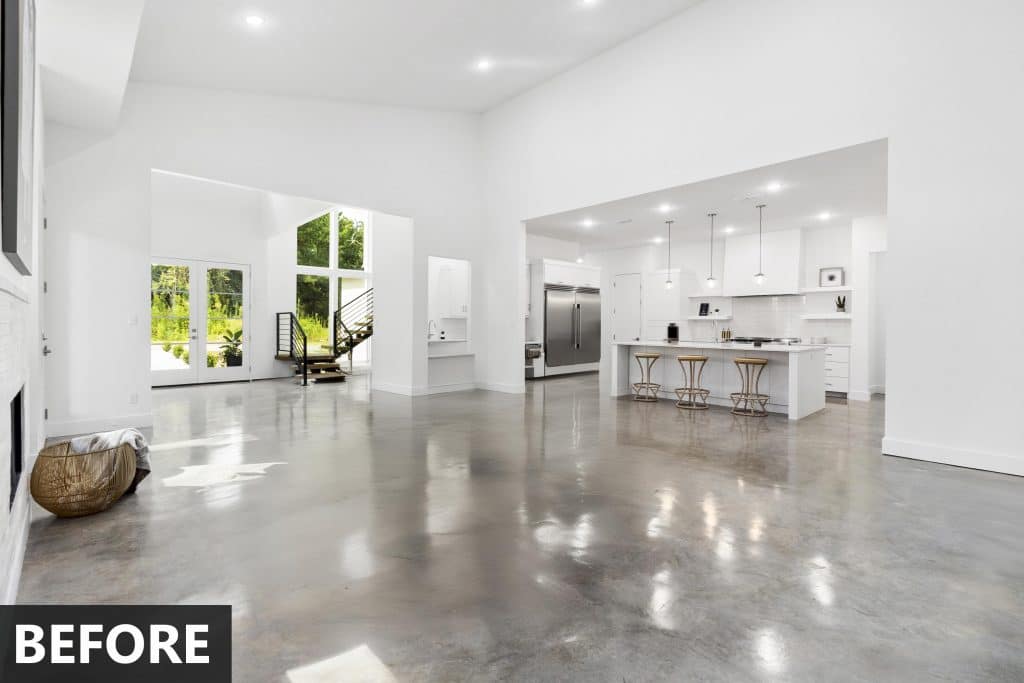
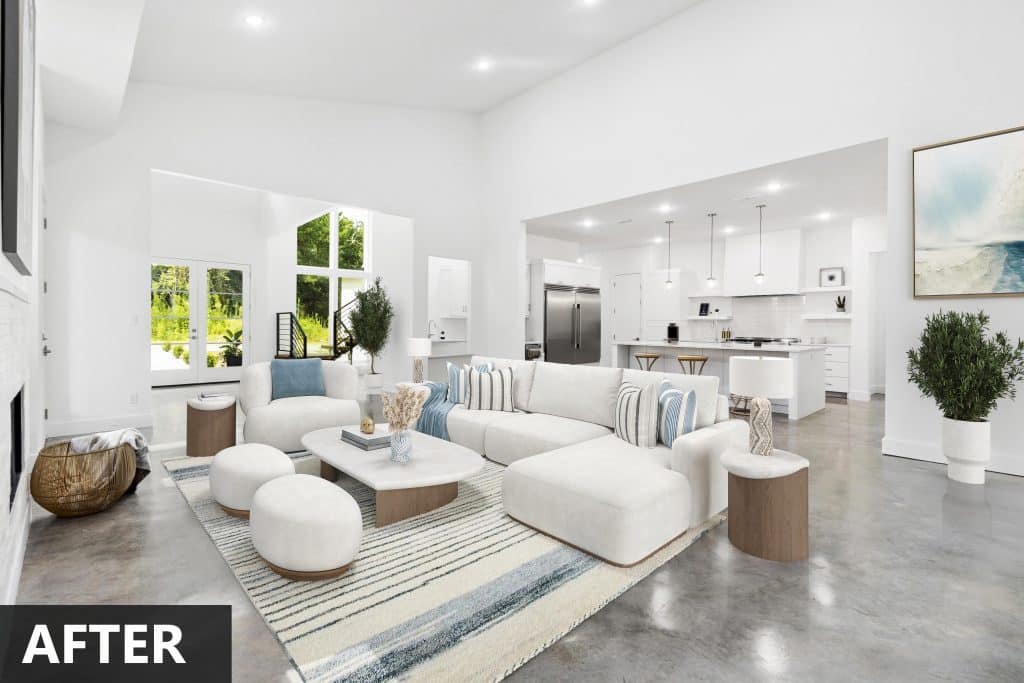
2. Choosing the Right Rooms to Stage
Not every room needs to be virtually staged. Focus on the key areas that have the most impact on buyers:
– Living Room: Often the first room buyers see, it should feel inviting and spacious.
– Master Bedroom: Showcase it as a comfortable and serene retreat.
– Kitchen: Highlight the potential of the space with modern touches.
– Dining Area: Stage it to feel like a perfect place for family meals and entertaining guests.
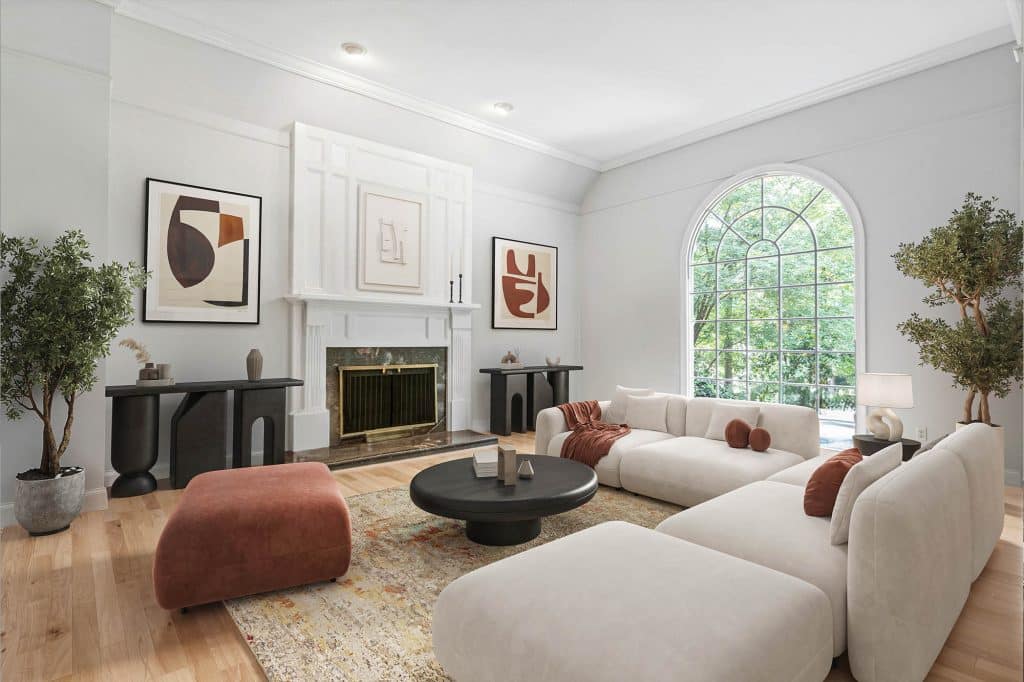
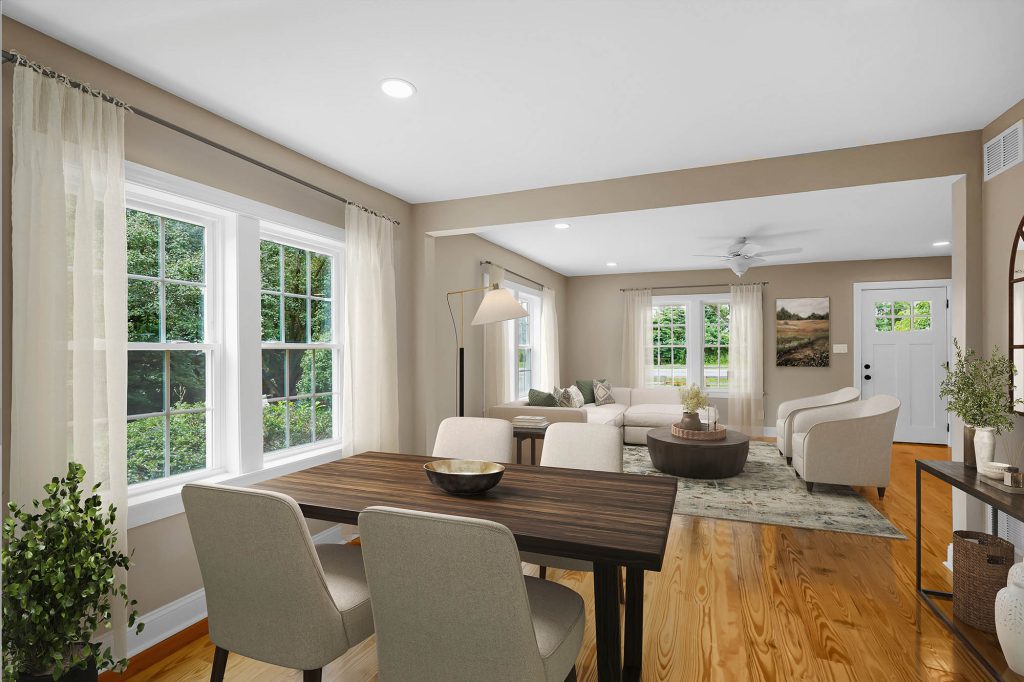
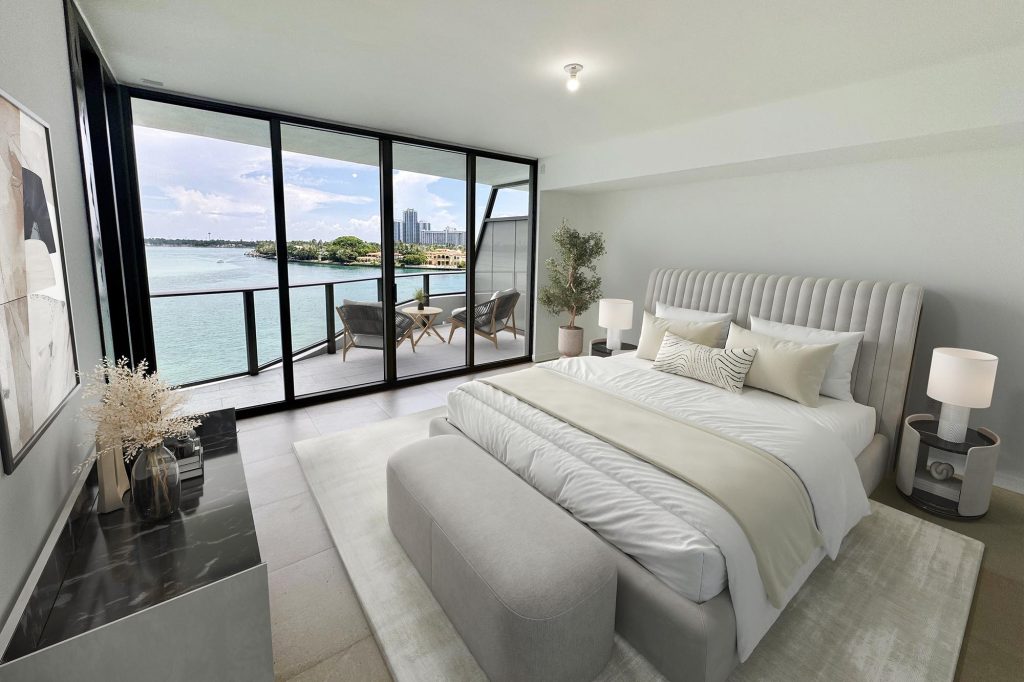
3. Selecting a Virtual Staging Service
When choosing a virtual staging service, consider the following:
– Quality of Work: Look for a service that offers realistic, high-quality images.
– Turnaround Time: Ensure the service can meet your deadlines.
– Customization Options: Opt for a service that allows customization to suit your target market.
– Pricing: Compare costs and choose a service that fits within your budget.
Virtual HomeZen, for example, offers top-notch virtual staging with a human touch, ensuring that each room is staged to perfection.
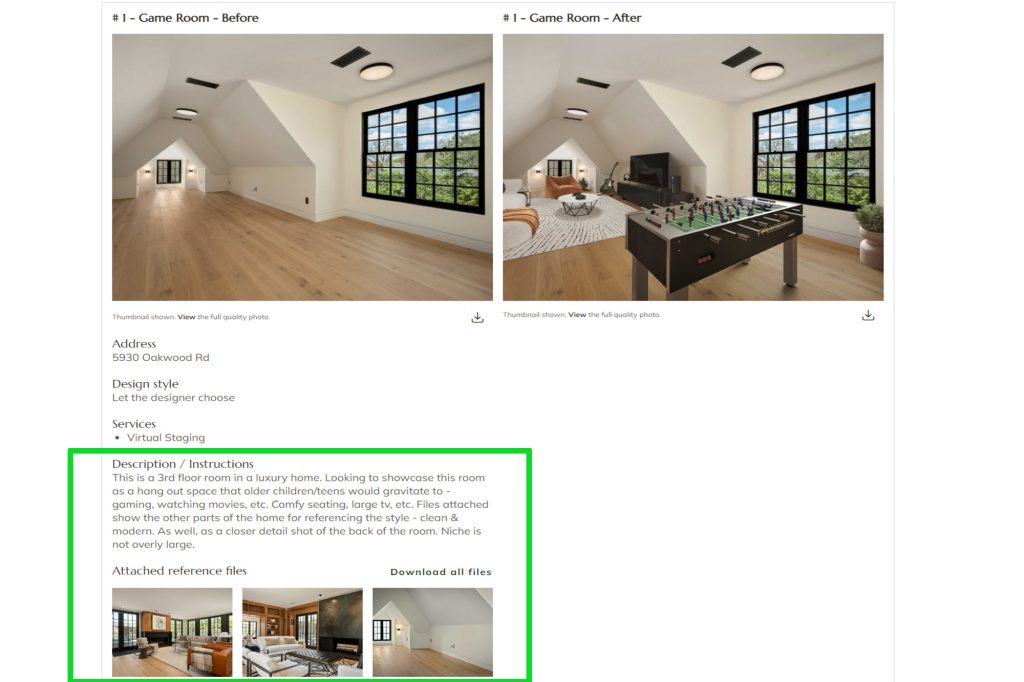
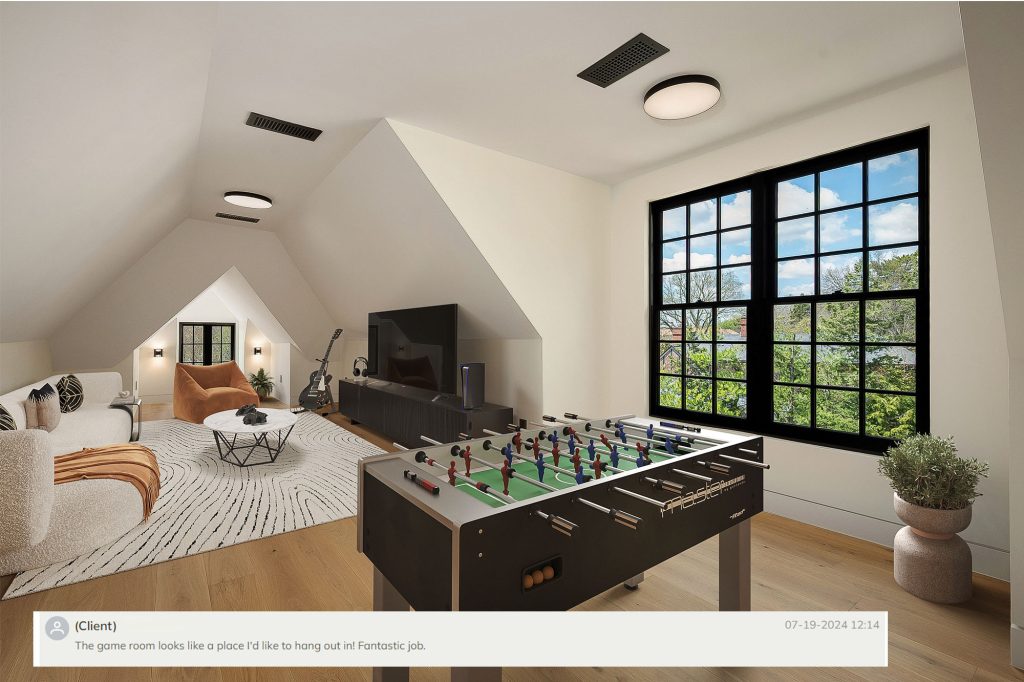
4. Preparing Your Photos for Staging
To get the best results from virtual staging, start with high-resolution, well-lit photos of the empty rooms. Here’s how to prepare:
– Declutter: Remove any personal items or furniture that won’t be used in the staging.
– Capture the Space: Take photos that showcase the entire room, including corners and architectural features.
– Lighting: Ensure the room is well-lit, preferably with natural light, to avoid shadows and dark areas.
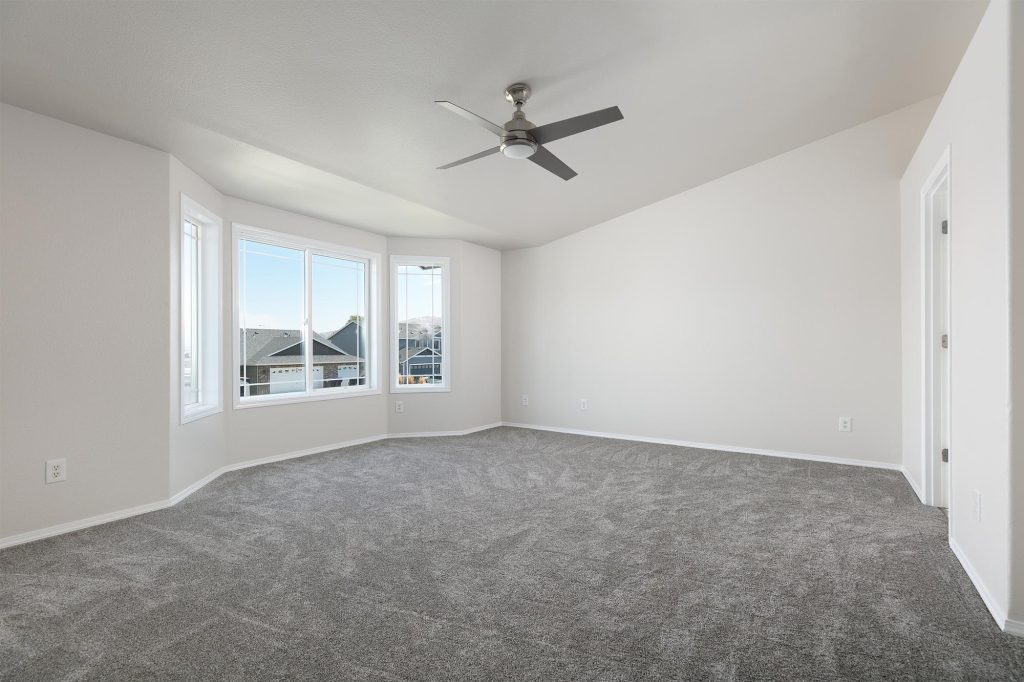
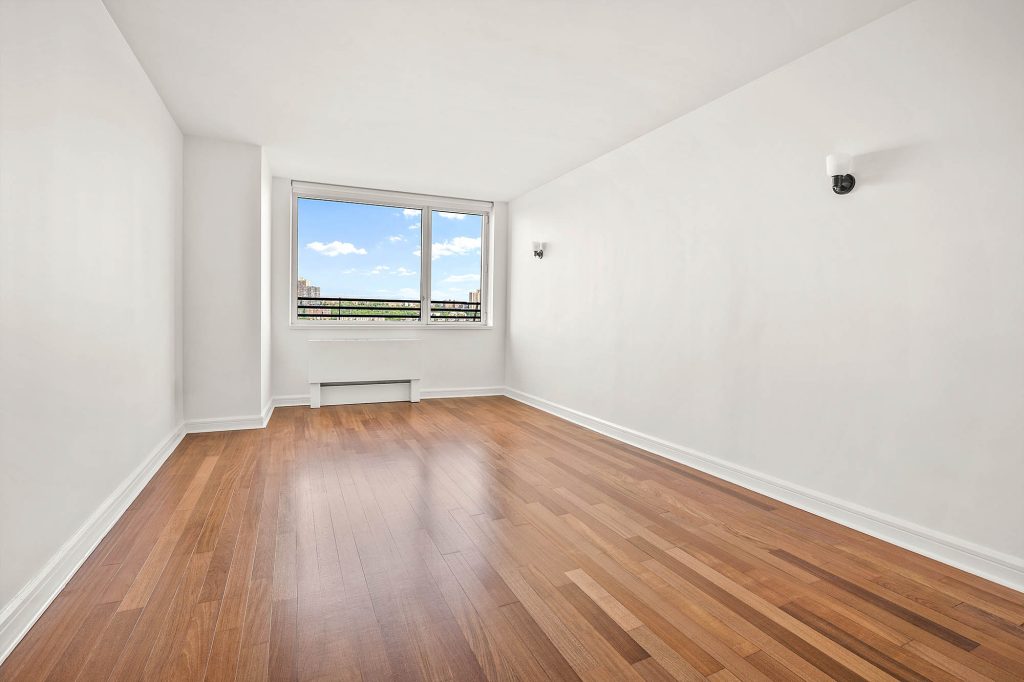
5. Reviewing and Approving the Staged Images
Once the virtual staging is complete, review the images to ensure they meet your expectations and appeal to your target buyers. Consider these factors:
– Realism: The staging should look natural and blend seamlessly with the room.
– Style Match: Ensure the staging style aligns with the target demographic of the property.
– Accuracy: Check that all room dimensions and features are correctly represented.
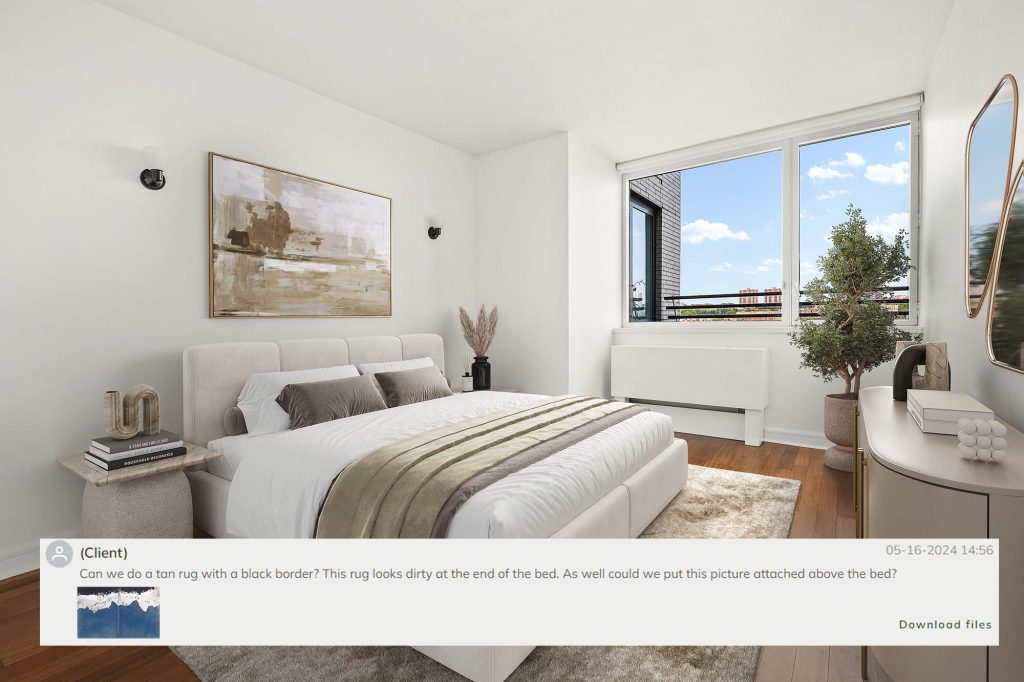
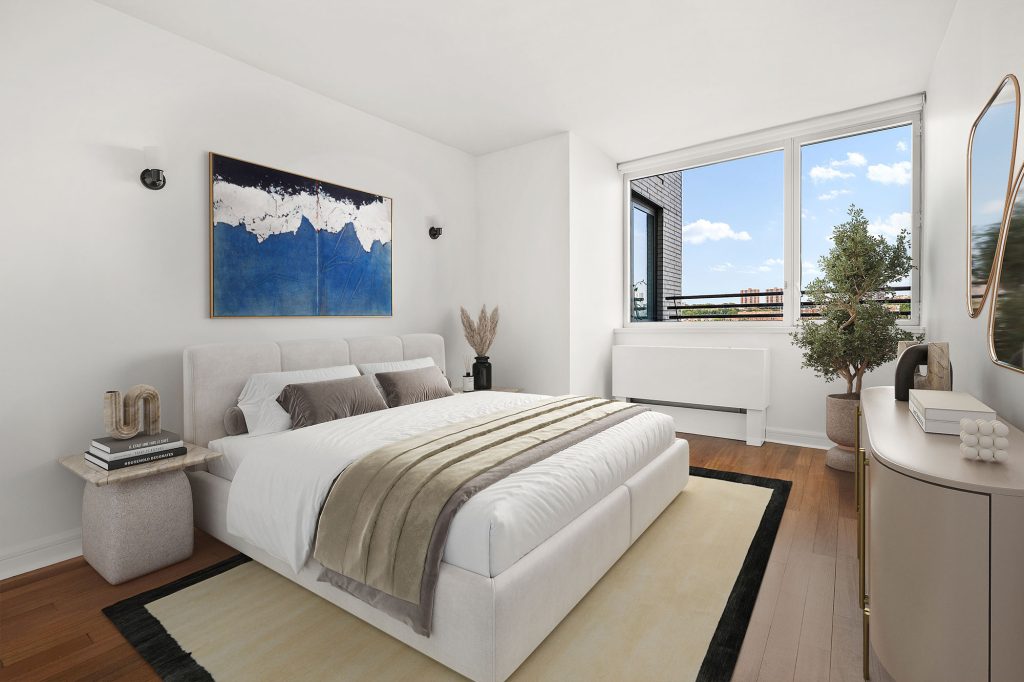
6. Marketing Your Virtually Staged Property
Once your images are ready, use them effectively in your marketing materials:
– MLS Listings: Replace standard photos with the virtually staged ones to attract more attention.
– Social Media: Share staged images on platforms like Instagram and Facebook to reach a wider audience.
– Virtual Tours: Integrate staged images into virtual tours for an immersive experience.
– Brochures & Flyers: Include staged images in printed materials to showcase the property’s potential.
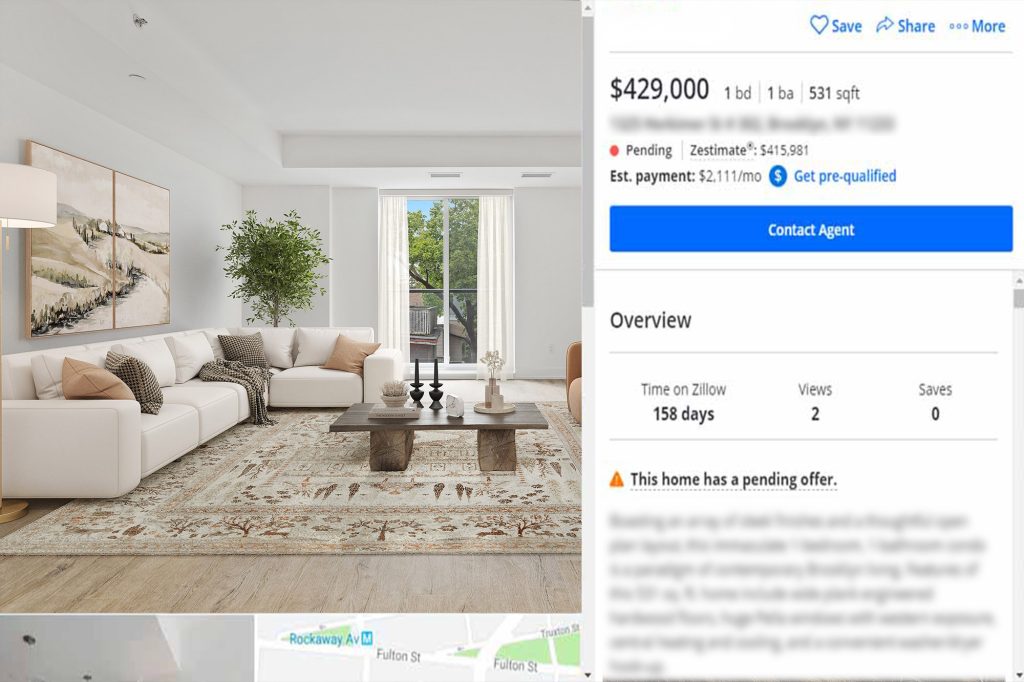
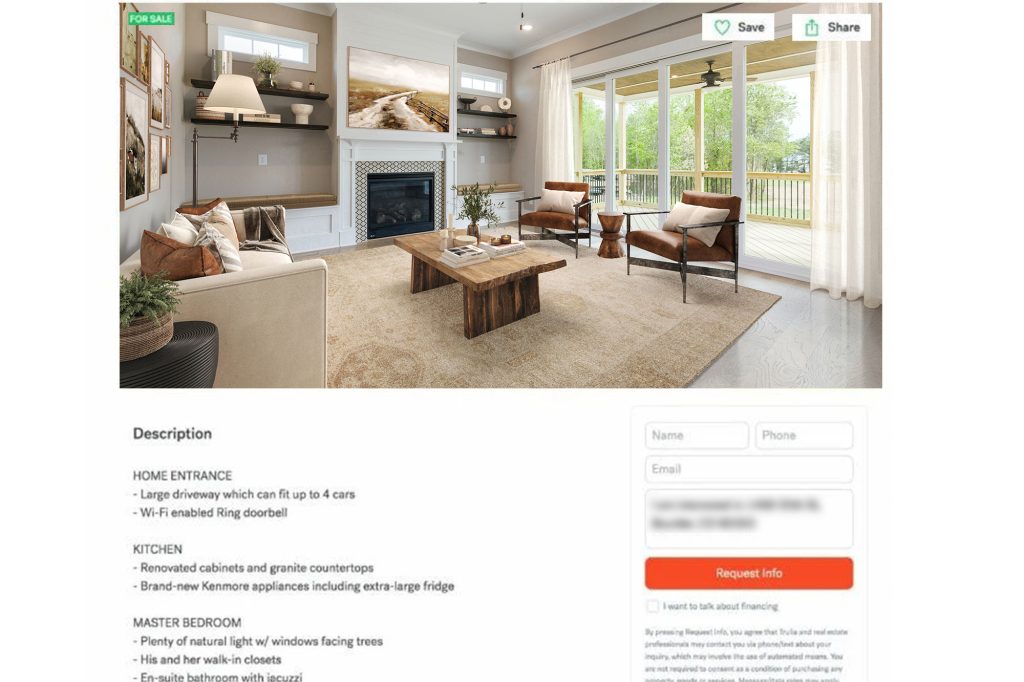

7. Transparency with Buyers
While virtual staging is a powerful tool, it’s essential to be transparent with potential buyers:
– Label Photos: Clearly label virtually staged images to avoid confusion.
– Provide Before & After: Consider showing the empty room alongside the staged version to give buyers a clear sense of space.
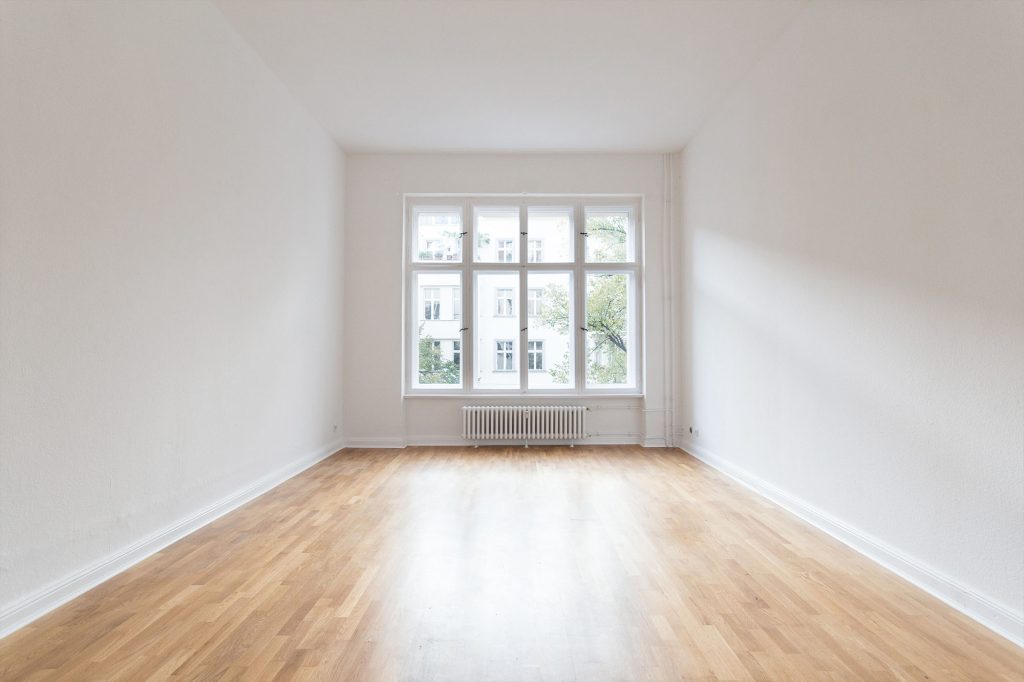
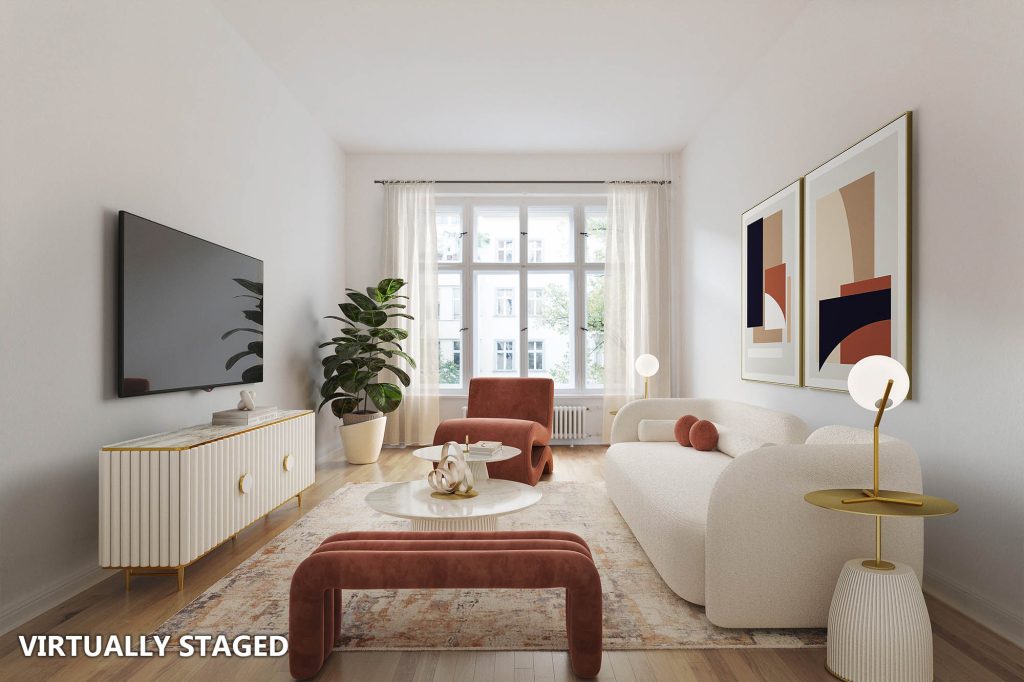
8. Using Feedback to Improve Future Staging
After a sale, gather feedback from buyers and other agents about the effectiveness of the virtual staging. Use this information to refine your approach for future listings.
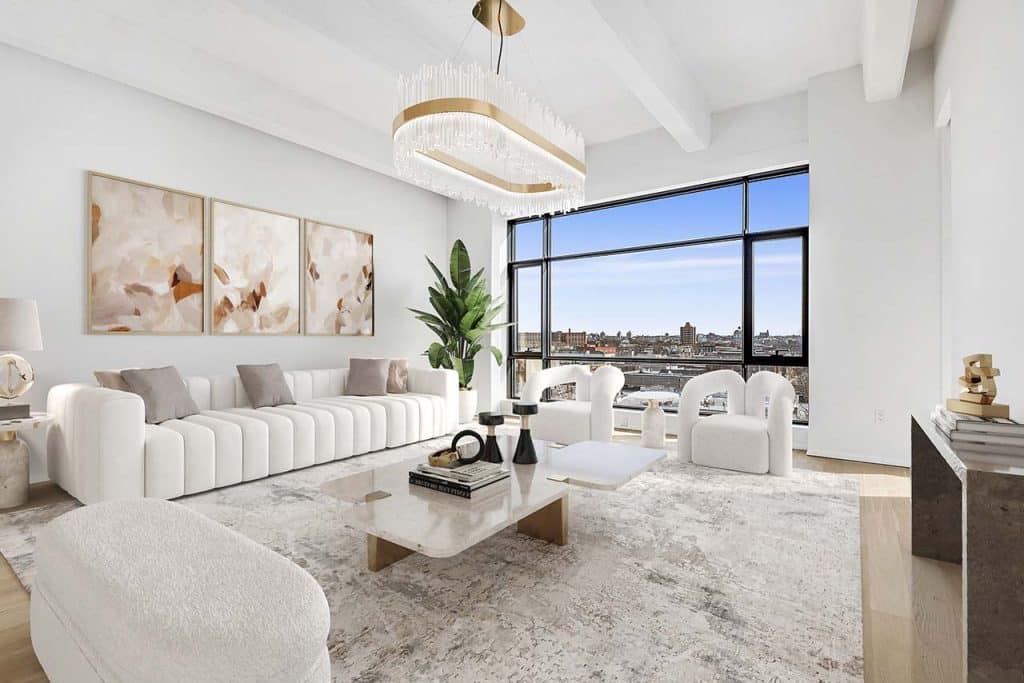
9. Compliance with Regulations
Ensure that your use of virtual staging complies with local real estate regulations, particularly regarding advertising and representation of the property.
Conclusion
Virtual staging is an effective way to enhance your real estate listings, helping you to showcase properties in their best light and attract more buyers. By selecting the right service, preparing your photos properly, and marketing the staged images effectively, you can maximize the impact of virtual staging in your real estate business.If you’re looking for a reliable partner for your virtual staging needs, consider using Virtual HomeZen, where quality and attention to detail are our top priorities.
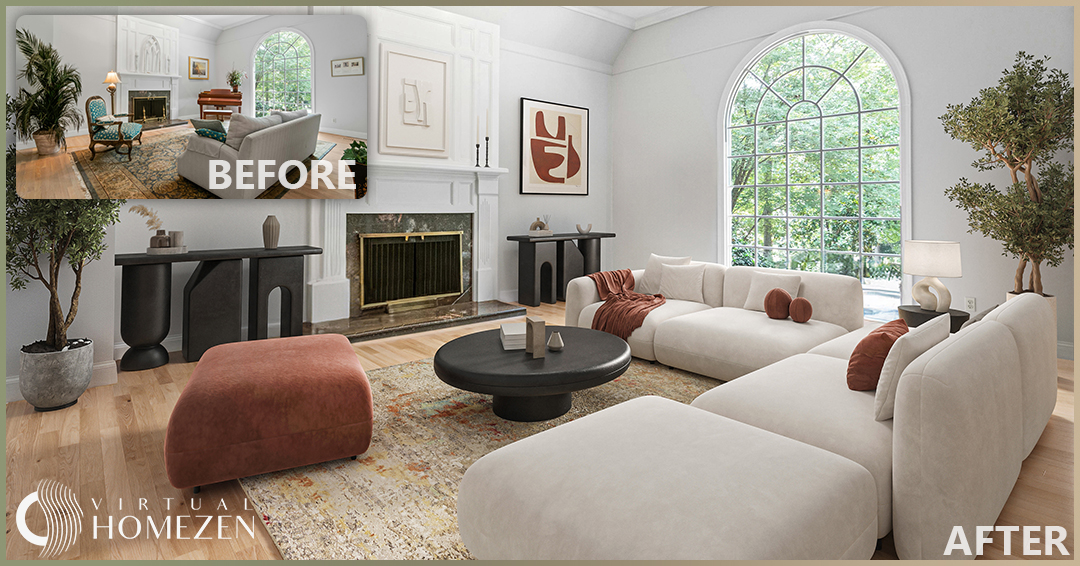
Ready to Transform Your Listings?
Explore the difference that our Virtual Staging can make for your properties.

